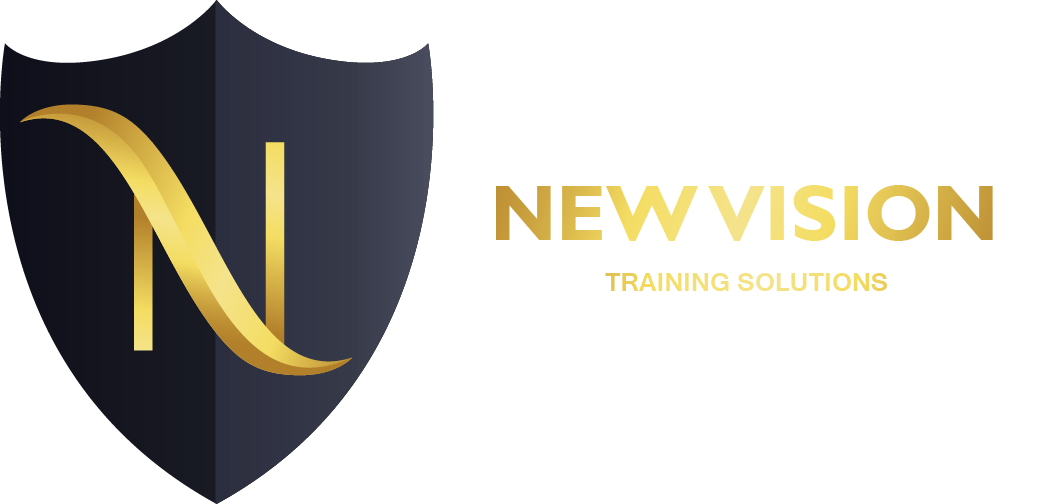Microsoft Azure DevOps Solutions

Exam AZ-400
Course outlines
Design a DevOps Strategy (20-25%)
Recommend a migration and consolidation strategy for DevOps tools
- Analyze existing artifact (e.g., deployment packages, NuGet) and container repositories
- Analyze existing test management tools
- Analyze existing work management tools
- Recommend migration and integration strategies for artifact repositories, source control, test management, and work management
Design and implement an Agile work management approach
- Identify and recommend project metrics, KPIs, and DevOps measurements (e.g., cycle time, lead time, WIP limit)
- Implement tools and processes to support Agile work management
- Mentor team members on Agile techniques and practices
- Recommend an organization structure that supports scaling Agile practices
- Recommend in-team and cross-team collaboration mechanisms
Design a quality strategy
- Analyze existing quality environment
- Identify and recommend quality metrics
- Recommend a strategy for feature flag lifecycle
- Recommend a strategy for measuring and managing technical debt
- Recommend changes to team structure to optimize quality
- Recommend performance testing strategy
Design a secure development process
- Inspect and validate code base for compliance
- Inspect and validate infrastructure for compliance
- Recommend a secure development strategy
- Recommend tools and practices to integrate code security validation (e.g., static code analysis)
- Recommend tools and practices to integrate infrastructure security validation
Design a tool integration strategy
- Design a license management strategy (e.g., VSTS users, concurrent pipelines, test environments, open source software licensing, third-party DevOps tools and services, package management licensing)
- Design a strategy for end-to-end traceability from work items to working software
- Design a strategy for integrating monitoring and feedback to development teams
- Design an authentication and access strategy
- Design a strategy for integrating on-premises and cloud resources
Implement DevOps Development Processes (20-25%)
Design a version control strategy
- Recommend branching models
- Recommend version control systems
- Recommend code flow strategy
Implement and integrate source control
- Integrate external source control
- Integrate source control into third-party continuous integration and continuous deployment (CI/CD) systems
Implement and manage build infrastructure
- Implement private and hosted agents
- Integrate third party build systems
- Recommend strategy for concurrent pipelines
- Manage Azure pipeline configuration (e.g., agent queues, service endpoints, pools, webhooks)
Implement code flow
- Implement pull request strategies
- Implement branch and fork strategies
- Configure branch policies
Implement a mobile DevOps strategy
- Manage mobile target device sets and distribution groups
- Manage target UI test device sets
- Provision tester devices for deployment
- Create public and private distribution groups
Managing application configuration and secrets
- Implement a secure and compliant development process
- Implement general (non-secret) configuration data
- Manage secrets, tokens, and certificates
- Implement applications configurations (e.g. Web App, Azure Kubernetes Service, containers)
- Implement secrets management (e.g. Web App, Azure Kubernetes Service, containers, Azure Key Vault)
- Implement tools for managing security and compliance in the pipeline
Implement Continuous Integration (10-15%)
Manage code quality and security policies
- Monitor code quality
- Configure build to report on code coverage
- Manage automated test quality
- Manage test suites and categories
- Monitor quality of tests
- Integrate security analysis tools (e.g., SonarQube, WhiteSource Bolt, Open Web Application Security Project)
Implement a container build strategy
- Create deployable images (e.g. Docker, Azure Container Registry)
- Analyze and integrate Docker multi-stage builds
Implement a build strategy
- Design build triggers, tools, integrations, and workflow
- Implement a hybrid build process
- Implement multi-agent builds
- Recommend build tools and configuration (e.g. Azure Pipelines, Jenkins)
- Set up an automated build workflow
Implement Continuous Delivery (10-15%)
Design a release strategy
- Recommend release tools
- Identify and recommend release approvals and gates
- Recommend strategy for measuring quality of release and release process
- Recommend strategy for release notes and documentation
- Select appropriate deployment pattern
Set up a release management workflow
- Automate inspection of health signals for release approvals by using release gates
- Configure automated integration and functional test execution
- Create a release pipeline (e.g., Azure Kubernetes Service, Service Fabric, WebApp)
- Create multi-phase release pipelines
- Integrate secrets with release pipeline
- Provision and configure environments
- Manage and modularize tasks and templates (e.g., task and variable groups)
Implement an appropriate deployment pattern
- Implement blue-green deployments
- Implement canary deployments
- Implement progressive exposure deployments
- Scale a release pipeline to deploy to multiple endpoints (e.g., deployment groups, Azure Kubernetes Service, Service Fabric)
Implement Dependency Management (5-10%)
Design a dependency management strategy
- Recommend artifact management tools and practices (Azure Artifacts, npm, maven, Nuget)
- Abstract common packages to enable sharing and reuse
- Inspect codebase to identify code dependencies that can be converted to packages
- Identify and recommend standardized package types and versions across the solution
- Refactor existing build pipelines to implement version strategy that publishes packages
Manage security and compliance
- Inspect open source software packages for security and license compliance to align with corporate standards (e.g., GPLv3)
- Configure build pipeline to access package security and license rating (e.g., Black Duck, White Source)
- Configure secure access to package feeds
Implement Application Infrastructure (15-20%)
Design an infrastructure and configuration management strategy
- Analyze existing and future hosting infrastructure
- Analyze existing Infrastructure as Code (IaC) technologies
- Design a strategy for managing technical debt on templates
- Design a strategy for using transient infrastructure for parts of a delivery lifecycle
- Design a strategy to mitigate infrastructure state drift
Implement Infrastructure as Code (IaC)
- Create nested resource templates
- Manage secrets in resource templates
- Provision Azure resources
- Recommend an Infrastructure as Code (IaC) strategy
- Recommend appropriate technologies for configuration management (ARM Templates, Terraform, Chef, Puppet, Ansible)
Manage Azure Kubernetes Service infrastructure
- Provision Azure Kubernetes Service (e.g., using ARM templates, CLI)
- Create deployment file for publishing to Azure Kubernetes Service (e.g., kubectl, Helm)
- Develop a scaling plan
Implement infrastructure compliance and security
- Implement compliance and security scanning
- Prevent drift by using configuration management tools
- Automate configuration management by using PowerShell Desired State Configuration (DSC)
- Automate configuration management by using a VM Agent with custom script extensions
- Set up an automated pipeline to inspect security and compliance
Implement Continuous Feedback (10-15%)
Recommend and design system feedback mechanisms
- Design practices to measure end-user satisfaction (e.g., Send a Smile, app analytics)
- Design processes to capture and analyze user feedback from external sources (e.g., Twitter, Reddit, Help Desk)
- Design routing for client application crash report data (e.g., HockeyApp)
- Recommend monitoring tools and technologies
- Recommend system and feature usage tracking tools
Implement process for routing system feedback to development teams
- Configure crash report integration for client applications
- Develop monitoring and status dashboards
- Implement routing for client application crash report data (e.g., HockeyApp)
- Implement tools to track system usage, feature usage, and flow
- Integrate and configure ticketing systems with development team’s work management system (e.g., IT Service Management connector, ServiceNow Cloud Management, App Insights work items)
Optimize feedback mechanisms
- Analyze alerts to establish a baseline
- Analyze telemetry to establish a baseline
- Perform live site reviews and capture feedback for system outages
- Perform ongoing tuning to reduce meaningless or non-actionable alerts
Course Features
- Lectures 0
- Quizzes 0
- Duration 50 hours
- Skill level All levels
- Language English
- Students 0
- Assessments Yes





